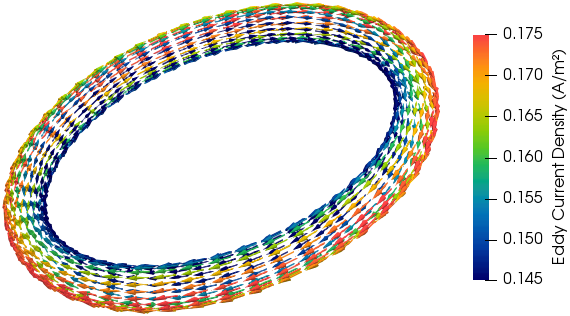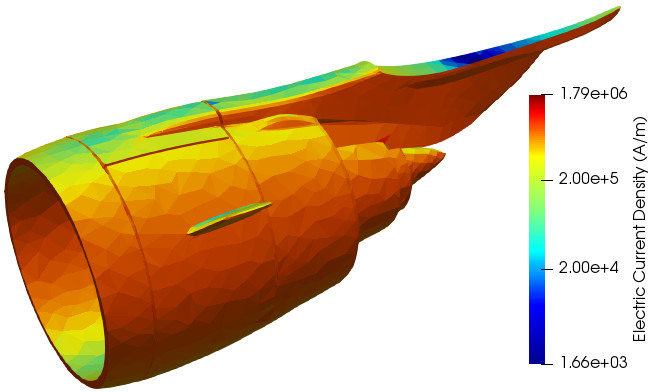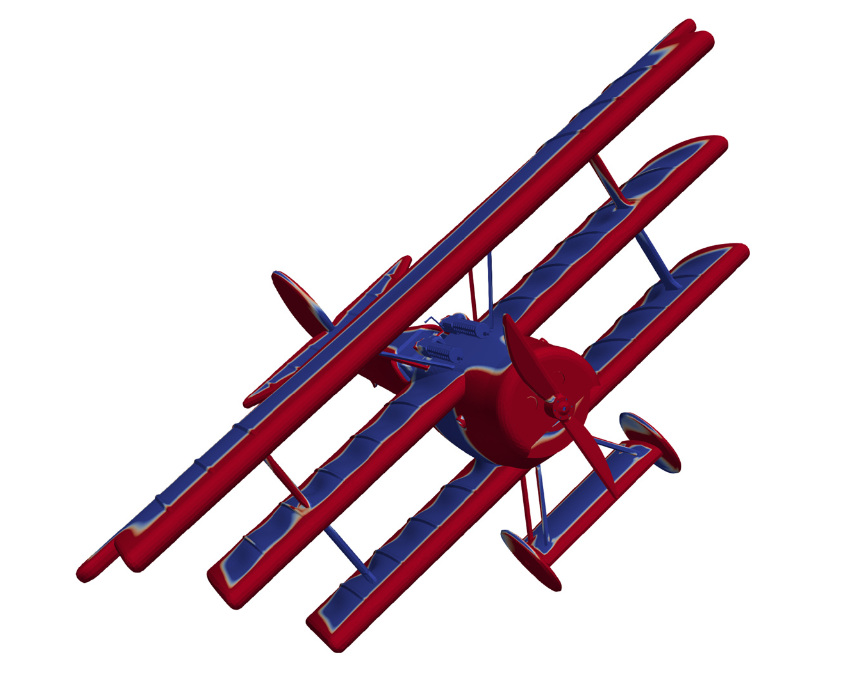Computational Electromagnetics (CEM) is the scientific field at the origin of all new modeling and simulation tools required by the constantly arising design challenges of emerging and future technologies in applied electromagnetics. CEM is at the interface between electrical engineering, advanced computing, and applied mathematics and it focuses on developing fast and efficient solvers to characterize the electromagnetic interactions, radiation, and scattering of large, multiscale, and complex objects. Computational Electromagnetics is the underpinning of a plethora of electrical, electronic, optical, wireless, geophysical sensing, and biomedical applications. Because electromagnetic theory has strong predictive power, EM simulators play a dominant role in the advancement of today's physics and engineering science.
As in many other technological fields, however, the trend in all emerging technologies in electromagnetic engineering is going towards miniaturized, higher density and multi-scale scenarios. Computationally speaking this translates into a steep increase of the number of degrees of freedom. Given that the design cost (the cost of a multi-right-hand side problem dominated by matrix inversion) can scale as badly as cubically with these degrees of freedom, this can sensibly compromise the practical impact of CEM on future and emerging technologies.
For this reason, the CEM scientific community has been looking for years for an FFT-like paradigm shift: a dynamic fast direct solver providing a design cost that would scale only linearly with the degrees of freedom. Such a fast solver is considered today a Holy Grail of the discipline.
The Grand Challenge of 321 is to tackle this Holy Grail in Computational Electromagnetics by investigating a dynamic Fast Direct Solver for Maxwell Problems that would run in a linear-instead-of-cubic complexity for an arbitrary number and configuration of degrees of freedom.
To attain this, the project’s objectives include the investigation of new modelling and solution strategies for a large plethora of scenarios and frequencies, new fast solution strategies, and impacting applications in dosimetry, bioelectromagnetism, and neuroimaging.
The impact of the FFT’s quadratic-to-linear paradigm shift shows how computational complexity reductions can be groundbreaking on applications. The cubic-to-linear paradigm shift, which the 321 project aims for, will have such a rupturing impact on electromagnetic science and technology.






